- Massive Range
- FREE UK Delivery
- Rapid Dispatch
- Massive Range
- FREE UK Delivery
- Rapid Dispatch
- Massive Range
- FREE UK Delivery
- Rapid Dispatch
Home » Can I Drill Holes into Aluminium Flat Bar? A Comprehensive Guide
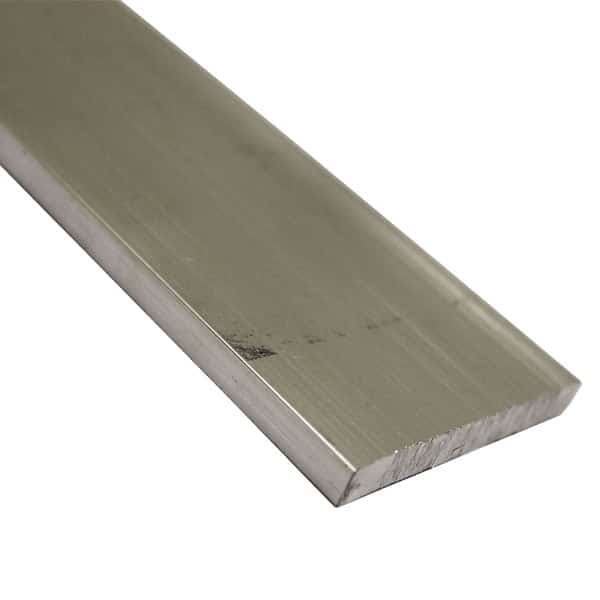
The question of whether it’s possible to drill holes into an aluminium flat bar is one that surfaces frequently, especially among DIY enthusiasts and professionals alike. It is something that we get asked fairly regularly.
The straightforward answer is yes, but the success of such an endeavour heavily relies on the use of appropriate tools and techniques. Aluminium, with its unique combination of lightweight, ductility, and corrosion resistance, presents a different set of challenges compared to drilling through ferrous metals.
This guide is designed to demystify the process, offering a comprehensive walkthrough from selecting the right drill bits to executing the drilling operation with precision. We’ll cover essential tips for preparing the aluminium flat bar, ensuring your workspace is set up correctly, and providing detailed, step-by-step instructions to achieve clean, precise holes.
Whether you’re embarking on a construction project, custom manufacturing, or a simple DIY venture, understanding how to effectively drill into aluminium flat bar will enhance the quality and finish of your work.
We really hope that this article is of use to you in your quest for a
The versatility of aluminum flat bar makes it an excellent choice for a multitude of applications due to its balance between strength and malleability. Due to its lightweight and corrosion resistance, it can be used in environments that demand durability and minimal maintenance. Aluminium flat bar stands out as a preferred material for structural supports in construction projects and intricate components in manufacturing processes. Furthermore, its ease of customisation makes it a favorite among DIY enthusiasts for projects ranging from home improvements to bespoke creations.
Speciality Metals offers a wide range of aluminium flat bars to meet the diverse needs of our clients. Various dimensions and grades are available, each suited to a specific application, proving aluminium’s popularity. It serves as frames in the automotive industry, rails in construction, and even decorative trims in interior design projects.
Adaptability is largely due to aluminium’s properties, which make it easy to cut, shape, and finish to precise specifications, ensuring that no matter what your project requires, aluminium flat bar will likely meet it.
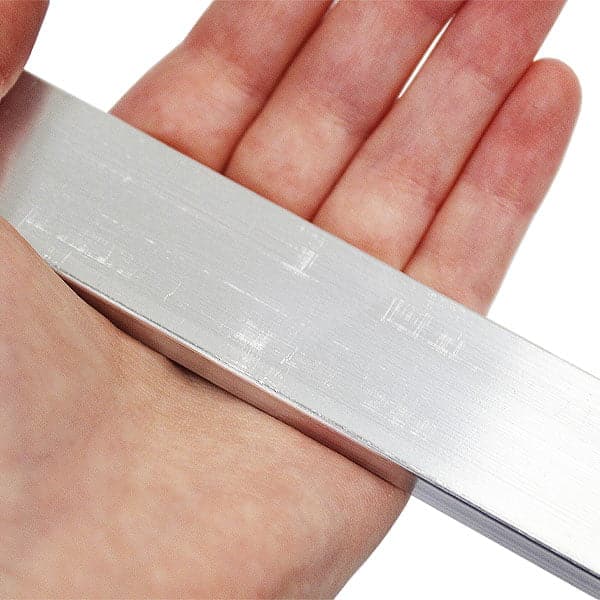
It is crucial to prepare properly before drilling to ensure success and safety. The first critical step is to select the right drill bit; for aluminium, High-Speed Steel (HSS) bits or those designed specifically for softer metals are ideal. In addition to affecting the quality of the hole, the bit you choose will also affect the tool’s longevity.
It is crucial to mark the drilling points on the aluminium flat bar accurately. Mark the area where you intend to drill with a fine-point marker or a scribing tool. By drilling with precision, you will ensure that each hole is placed correctly.
The importance of securing the aluminium flat bar firmly to your work surface cannot be overstated. The metal should be clamped in place to prevent movement that may lead to inaccuracies or, worse, accidents. Clean, precise drilling requires a stable workpiece.
It is equally important to prepare your workspace appropriately. Drilling will be easier and safer if the area is clean and well-lit. Before you begin, gather all necessary tools and safety equipment, including protective eyewear and gloves. As soon as the aluminium flat bar has been prepared properly and your workspace has been set up for efficiency and safety, you are ready to begin drilling.
When drilling aluminium flat bar, choosing the right drill bit is crucial to achieving the desired results. Aluminium’s soft, malleable, yet durable nature demands a bit that can navigate efficiently through the material without damaging it. Drill bits made of high-speed steel (HSS) are popular due to their versatility and affordability. Although they can cut aluminum smoothly, their performance can vary depending on the alloy’s hardness and the bit’s sharpness.
Due to their robust composition, cobalt drill bits are suitable for more demanding drilling tasks due to their enhanced durability and heat resistance. Having the ability to maintain sharpness longer than HSS bits makes them a wise investment for projects requiring multiple holes or working with thicker bars.
The titanium nitride coating on titanium-coated drill bits reduces friction and increases hardness. This feature prolongs the bit’s life and facilitates smoother cuts, minimising the effort required to drill through aluminium. Once the coating wears off, the bit returns to its base hardness.
Speciality Metals recommends using a sharp, correctly sized drill bit for precision and burr-free holes. To ensure clean, accurate holes, the diameter of the bit should match your project’s specifications. Also, consider the thickness of aluminum flat bars and the final application of the piece when selecting the bit, ensuring that it’s suitable for the job, whether it’s creating pilot holes for screws or larger openings for fittings.
We have created a simple guide based on the standard mm sizes that we offer:
| Dimensions (Width x Thickness) | Recommended Drill Bit Type | Recommended Drill Bit Size (Diameter) | Recommended Drill Speed (RPM) |
| 12.7mm x 3.125mm | Cobalt | 3.2mm | 1500 |
| 12.7mm x 4.76mm | Cobalt | 5mm | 1200 |
| 12.7mm x 6.35mm | Titanium | 6.5mm | 1000 |
| 15.88mm x 4.76mm | Cobalt | 5mm | 1200 |
| 15.88mm x 6.35mm | Titanium | 6.5mm | 1000 |
| 19.05mm x 3.125mm | Cobalt | 3.2mm | 1500 |
| 19.05mm x 4.76mm | Cobalt | 5mm | 1200 |
| 19.05mm x 6.35mm | Titanium | 6.5mm | 1000 |
| 25.4mm x 4.76mm | Cobalt | 5mm | 1200 |
| 25.4mm x 6.35mm | Titanium | 6.5mm | 1000 |
| 31.75mm x 3.125mm | Cobalt | 3.2mm | 1500 |
| 31.75mm x 4.76mm | Cobalt | 5mm | 1200 |
| 38.1mm x 4.76mm | Cobalt | 5mm | 1200 |
| 38.1mm x 9.53mm | Titanium | 10mm | 800 |
| 50.8mm x 6.35mm | Titanium | 6.5mm | 1000 |
| 63.5mm x 4.76mm | Cobalt | 5mm | 1200 |
| 76.2mm x 4.76mm | Cobalt | 5mm | 1200 |
| 9.53mm x 6.35mm | Titanium | 6.5mm | 1000 |
Workspace Preparation: Ensure your drilling area is clean, well-lit, and free of obstructions. Secure the aluminium flat bar firmly to your workbench using clamps to prevent movement during drilling.
Marking the Drill Points: Accurately mark where you intend to drill on the aluminium flat bar using a permanent marker or scribe. Precision at this stage is key to the success of your project.
Pilot Hole Drilling: Begin by drilling a smaller pilot hole at each marked point. This step helps to guide the larger drill bit, preventing it from wandering and ensuring accuracy.
Selecting the Right Speed: Set your drill to a low to medium speed. Drilling aluminium too quickly can generate excessive heat, leading to bit wear and potential material damage.
Applying Cutting Fluid: Use a cutting fluid or lubricant to reduce friction and heat buildup. This not only makes the drilling process smoother but also extends the life of your drill bit.
Drilling the Hole: With the pilot hole as your guide, proceed to drill the main hole. Apply steady pressure, allowing the drill bit to cut through the aluminium without forcing it.
Managing Heat: If drilling multiple holes or working with thicker aluminium flat bars, periodically pause to allow the bit to cool. Overheating can compromise the bit’s integrity and the quality of the hole.
Dealing with Challenges: Should the bit wander or the material clog, stop drilling and reassess your technique. Ensure the bit is sharp, the speed is appropriate, and sufficient lubrication is applied.
Finishing: Once drilling is complete, remove any burrs or rough edges using a deburring tool or fine-grit sandpaper. Clean the area to remove any metal filings or lubricant residue.
Following these steps can help mitigate common drilling challenges, ensuring a smooth, efficient experience and high-quality results when working with aluminium flat bars.
Deburring and smoothing the edges of drill holes is key to achieving a professional finish on drilled aluminium flat bars. The process of deburring, which removes sharp edges or burrs created during drilling, is crucial for safety and aesthetics. Deburring blades, rotary deburring tools, or even a simple hand file can effectively smooth out hole edges. Work gently around the circumference of the hole to remove any protrusions without damaging the metal.
Maintaining the aluminium flat bar after drilling is crucial to preserving its appearance and corrosion resistance. Any residual metal filings or lubricant can be removed by cleaning the drilled area with mild detergent and water, followed by drying with a soft cloth. In addition to keeping aluminium in pristine condition, regular maintenance extends its lifespan.
Apply protective finishes or treatments to your aluminium flat bar to increase its durability and aesthetic appeal. You can enhance the visual appeal of your project by using clear coats, anodising, or even specialised metal paints. Besides protecting the metal, these finishes can also add color or texture, allowing for endless customisation options.
In projects requiring multiple holes or specific patterns, efficiency and accuracy are essential. It is possible to significantly speed up the process by using jigs or templates to ensure consistent placement and spacing of holes. When precision is crucial or repetitive tasks are involved, this approach is particularly useful.
The use of step drills and hole saws becomes essential when larger holes or specific shapes are required. Step drills are ideal for drilling holes with graduated diameters using a single bit. A hole saw, on the other hand, is perfect for cutting larger, circular holes. To prevent overheating and to ensure clean cuts, both tools should be used with care.
Speciality Metals offers a wide range of custom services, from aluminium flat bars in various sizes to bespoke cutting and finishing. Whether you’re creating a piece of art, fabricating a piece of furniture, or constructing a mechanical component, our expertise and product range can help bring your vision to life.
It takes patience and the right tools to drill holes into aluminium flat bars. Each step is crucial to getting clean, precise holes, from selecting the right drill bit to applying the finishing touches. The success of your project depends not just on the drilling process, but also on how you finish and maintain it.
Take advantage of aluminium flat bars’ flexibility and lightweight nature. Whether you’re a professional fabricator or a DIYer, Speciality Metals has a comprehensive selection of aluminium products for you. Don’t be afraid to experiment and customise, knowing that the possibilities are endless.
As always, thank you for checking out our blog. We hope that this helps you with your project.
Please also check out the other articles in our helpful guide series. We have written about aluminium sheeting and checker plate recently to name but two of our articles.
We are also proud to sell this product on our highly popular eBay store, check us out there too.
If you have any further questions, feel free to contact us.
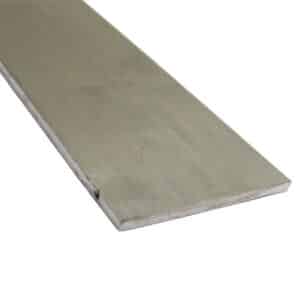
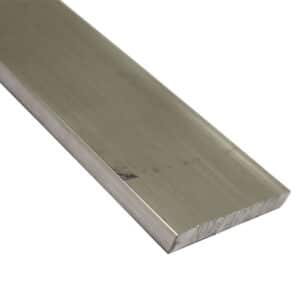
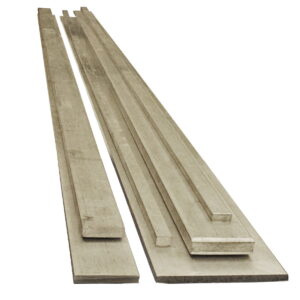

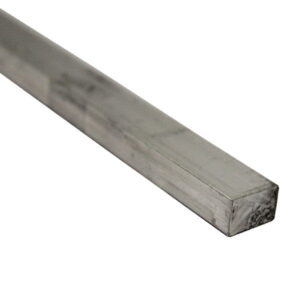

Speciality Metals
Unit 1, Farrell Street, Warrington,
Cheshire, WA1 2WW, United Kingdom
Quick Links
Payment Options
